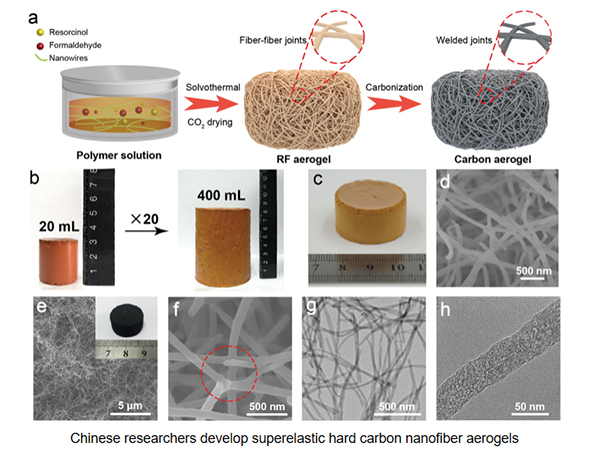
-
 Afrikaans
Afrikaans -
 Albanian
Albanian -
 Amharic
Amharic -
 Arabic
Arabic -
 Armenian
Armenian -
 Azerbaijani
Azerbaijani -
 Basque
Basque -
 Belarusian
Belarusian -
 Bengali
Bengali -
 Bosnian
Bosnian -
 Bulgarian
Bulgarian -
 Catalan
Catalan -
 Cebuano
Cebuano -
 China
China -
 China (Taiwan)
China (Taiwan) -
 Corsican
Corsican -
 Croatian
Croatian -
 Czech
Czech -
 Danish
Danish -
 Dutch
Dutch -
 English
English -
 Esperanto
Esperanto -
 Estonian
Estonian -
 Finnish
Finnish -
 French
French -
 Frisian
Frisian -
 Galician
Galician -
 Georgian
Georgian -
 German
German -
 Greek
Greek -
 Gujarati
Gujarati -
 Haitian Creole
Haitian Creole -
 hausa
hausa -
 hawaiian
hawaiian -
 Hebrew
Hebrew -
 Hindi
Hindi -
 Miao
Miao -
 Hungarian
Hungarian -
 Icelandic
Icelandic -
 igbo
igbo -
 Indonesian
Indonesian -
 irish
irish -
 Italian
Italian -
 Japanese
Japanese -
 Javanese
Javanese -
 Kannada
Kannada -
 kazakh
kazakh -
 Khmer
Khmer -
 Rwandese
Rwandese -
 Korean
Korean -
 Kurdish
Kurdish -
 Kyrgyz
Kyrgyz -
 Lao
Lao -
 Latin
Latin -
 Latvian
Latvian -
 Lithuanian
Lithuanian -
 Luxembourgish
Luxembourgish -
 Macedonian
Macedonian -
 Malgashi
Malgashi -
 Malay
Malay -
 Malayalam
Malayalam -
 Maltese
Maltese -
 Maori
Maori -
 Marathi
Marathi -
 Mongolian
Mongolian -
 Myanmar
Myanmar -
 Nepali
Nepali -
 Norwegian
Norwegian -
 Norwegian
Norwegian -
 Occitan
Occitan -
 Pashto
Pashto -
 Persian
Persian -
 Polish
Polish -
 Portuguese
Portuguese -
 Punjabi
Punjabi -
 Romanian
Romanian -
 Russian
Russian -
 Samoan
Samoan -
 Scottish Gaelic
Scottish Gaelic -
 Serbian
Serbian -
 Sesotho
Sesotho -
 Shona
Shona -
 Sindhi
Sindhi -
 Sinhala
Sinhala -
 Slovak
Slovak -
 Slovenian
Slovenian -
 Somali
Somali -
 Spanish
Spanish -
 Sundanese
Sundanese -
 Swahili
Swahili -
 Swedish
Swedish -
 Tagalog
Tagalog -
 Tajik
Tajik -
 Tamil
Tamil -
 Tatar
Tatar -
 Telugu
Telugu -
 Thai
Thai -
 Turkish
Turkish -
 Turkmen
Turkmen -
 Ukrainian
Ukrainian -
 Urdu
Urdu -
 Uighur
Uighur -
 Uzbek
Uzbek -
 Vietnamese
Vietnamese -
 Welsh
Welsh -
 Bantu
Bantu -
 Yiddish
Yiddish -
 Yoruba
Yoruba -
 Zulu
Zulu
fiberglass clarifier system
The Fiberglass Clarifier System An Efficient Solution for Water Treatment
In the realm of water treatment, the efficiency and durability of the equipment used are paramount. Among the various technologies available, the fiberglass clarifier system has emerged as a preferred choice for many municipalities and industries. This system offers a multitude of advantages, making it an effective solution for clarifying wastewater.
Understanding the Fiberglass Clarifier System
A fiberglass clarifier system is designed to separate solid particles from liquids, primarily in water treatment applications. The construction of these systems typically utilizes fiberglass-reinforced plastic (FRP), which is known for its strength, corrosion resistance, and lightweight properties. This makes them ideal for use in environments where traditional metal clarifiers would succumb to corrosion, such as in wastewater treatment facilities.
Key Advantages of Fiberglass Clarifiers
1. Corrosion Resistance One of the most notable advantages of fiberglass clarifiers is their resistance to various corrosive materials. Traditional metal systems can deteriorate over time due to exposure to harsh chemicals found in wastewater. Fiberglass, on the other hand, can withstand such conditions, ensuring longevity and reducing maintenance costs.
2. Lightweight and Modularity The lightweight nature of fiberglass allows for easier installation and transportation. Additionally, fiberglass clarifiers can be manufactured in modular components, enabling customization based on the specific needs of a facility. This modularity facilitates repairs and upgrades without the need for complete system replacement.
fiberglass clarifier system

3. Cost-Effectiveness Although the initial investment may be higher compared to other materials, the long-term savings associated with reduced maintenance and higher durability make fiberglass clarifiers a cost-effective choice. Their longevity means less frequent replacements and lower operational costs over time.
4. Superior Performance Fiberglass clarifier systems are designed to optimize sedimentation processes. The smooth surfaces of fiberglass help in reducing friction and improving flow rates, which results in better separation of solids from liquids. This improved performance can lead to higher quality effluent and compliance with regulatory standards.
5. Versatility These systems are versatile and can be used in a variety of applications, including municipal wastewater treatment, industrial effluent treatment, and even stormwater management. Their adaptability makes them suitable for various industries, including food and beverage, pharmaceuticals, and petrochemicals.
Environmental Impact
By promoting efficient water treatment processes, fiberglass clarifier systems contribute to environmental sustainability. They help in reducing pollutant discharge into water bodies, protecting ecosystems and public health. Moreover, the manufacturing of fiberglass is often less energy-intensive compared to metals, further minimizing the environmental footprint of these systems.
Conclusion
In summary, the fiberglass clarifier system stands out as an innovative and effective solution for water treatment challenges. Its corrosion resistance, lightweight design, cost-effectiveness, superior performance, and versatility make it a preferred option among industry professionals. As water quality regulations tighten and the demand for efficient water treatment solutions rises, the fiberglass clarifier system is poised to play a crucial role in the future of environmental management. By investing in such advanced technologies, we can ensure the sustainability of our water resources for generations to come.









